Curú National Wildlife Refuge – The Rule of Nature
When I’m rushing from the Paquera Ferry to reach my destination at Tango Mar or another place, I generally don’t pay much attention to what’s next to the road. In part it is good, because the path winds quite a bit and one has to concentrate. However, it is also a shame, because I have already passed the entrance to the Curú Refuge several times without realizing it.
Like Tango Mar and many other gems, Curú is a bit hidden, you have to go look for it. And that’s what I do.
The entrance is on off the main road, and to my surprise I find myself among the meadows.
However, a little later I arrive among the trees and immediately the atmosphere changes. It breathes quiet. Silence reigns. Human silence, at least, which allows me to better hear the sounds of animals and nature. I automatically try to drive in silence as well, and it is with apprehension that I turn off the engine in the small space provided for cars.
Curú was the first private wildlife refuge in the country and was declared a National Wildlife Refuge in the 1980s, although it continues to be privately managed. And, although there is still some livestock and fruit production, the focus is on ecotourism and environmental education.
Above all, I want to walk, to know if it is true that Curú is a hidden paradise. There are several trails, some shorter than others, that lead to different parts of the refuge, including Quesera Beach – known for its crystal-clear waters and white sand.
It strikes me that, although there are no instructions in this regard, we visitors walk almost without speaking, and those who speak whisper so as not to get in the way of the animals. And indeed, there are quite a few animals. Curú is home to more than 300 species of animals and an abundance of plants.
I start along the monkey trail, but the first thing I see are… coatis. They sniff around the road as if it were their own, indifferent to the human beings who pass by there too. Howler monkeys can be heard in the trees.
I pass over a wooden bridge above a small estuary, surrounded by mangroves. I hesitate between the Monkey Trail and in the end, I take the Quesera trail. I realize that I would like to have much more time than the few moments I have, and I decide to just enjoy the place, walking a little, admiring the animals and the beach. Before getting back into the car I buy some souvenirs for the family, but above all to support the conservation of this beautiful place.
Almost at the exit, next to the river, I turn off the engine for a moment to enjoy the sounds again. A sign warns of danger because crocodiles live in the water, but for now…peace reigns. I take a few more deep breaths, eyes closed. When I open them, I am sure: I have energy to return to the daily race.
Turtle Island
Ever since I learned that the movie “1492” was filmed on Turtle Island, I wanted to go see that island – how special it had to be if it was considered the ideal place to reconstruct an arrival that in reality took place on the other side of the country, In the Caribbean Sea. And from Tango Mar it is a great option.
At the reception, Juan, who will be our captain today, picks us up to take us to a small dock a few minutes away, where we take a boat (smaller than Columbus’s, but who pays attention to this kind of details…). There are eight of us to get on, some with the faith of one last adventure before going back on the way to Europe the next day.
The sun is shining, the breeze is warm, the surrounding landscape is beautiful, and the water splashes us a little as we gain good speed towards the island.
Suddenly the engine stops. We look at one another, surprised. Engine failure? But Juan has everything under control. “Dolphins,” he says calmly. And indeed, a few moments later we see them too. Not one or two, but several, playing in the water. Jumping, swimming under the boat, at the same time, almost as if waving. What a thrill!!
We stay for a little while, happy for this unexpected luck, admiring the elegant animals. Almost sad when Juan starts up again, but he has another beautiful surprise for us. Once close to the island, next to a rock guarded by great herons, he hands each of us a snorkel, and invites us to jump into the water. Fish of many colors, small, in large quantities. Too much beauty.
Luckily, Juan keeps us a little away from the larger boats, from where – contrary to the instructions – food is thrown into the water so that the fish can arrive and be admired from there. We enjoy seeing them in their natural habits.
Then, we arrive at the island. For a long time almost virgin and desolate, it is now quite a touristic place. Joyous music plays from loudspeakers, young people play volleyball, and several rows of beach chairs line one end of the beach. The beach is quite full; however, Juan manages to find us a place a little away, from where we can enjoy the beauty of the place in almost silence.
Only part of the island is public, like every beach in the country is. Once past the beach, already under the shade of the trees that line it, it seems like another world. I discover a family of peccaries walking idly, a white-tailed deer, some iguanas.
They are now accustomed to the presence of humans: the iguanas walk between the tables and some brave peccaries even venture to the beach, in search of something edible left by tourists. But there is no garbage, and they return to their own place.
We enjoy a delicious lunch, splash around in the water for a while and then it is time to head back – the day flew by again. It has been another beautiful experience.
Magical hours
Tango Mar is one of the few privileged places from where you can see both the sunrise and the sunset, although the latter is a little to the side and behind the mountains. To experience a little more of the magical hour – this is what the moments before sunset is called, when the sky is painted in bright colors and everything takes on a warmer tone – from Tango Mar you can take the ‘Magical Hours’ tour.
On this tour, the part gliding by the mangroves can be included only when there is high tide, and the bioluminescence only when there is a new moon. And of course…there is no promise that the sunset will be equally spectacular every day. Everything goes at the rhythm of nature, but that is part of the adventure.
The tour starts at 4 in the afternoon; By car we go to the other side of Bahía Tambor, to the estuary of the Pochote River, about 15 minutes from Tango Mar. Years ago, this was only a fishing area. There is still fishing, but now boats are also arriving to pick up tourists. William is our guide with Blueline.
We are lucky, there is high tide so we can take a trip along the mangroves in the estuary. These mangroves, I learn, not only capture more CO2 than other trees and are a good barrier against hurricanes, but they are also home to some 200 species of animals. And as is customary in this region: wherever we go we are accompanied by animals, in this case we spot several blue and white herons.
We glide calmly through the waters, and from time to time I close my eyes…pure pleasure.
After the mangrove it is time to go to Muertos beach, where the sunset awaits us. We head towards the bay, flanked by mountains that end in the shape of an alligator on one side, a crocodile on the other… with a bit of fantasy. By now the sun is clearly setting, giving a golden glow to the water and sky.
We couldn’t find out where the name of the beach comes from, a name that seems quite gloomy to me. One explanation appears to be that because the beach is still so desolate and virgin, it seems ‘dead’ (there is nothing fun to do). Be that as it may, when we arrive it is anything but gloomy. The boat stops right in front of the beach, where some young people from Blueline welcome us to a table with delicious fruits, patacones, fruit juices, beers, sangria, etc. Perfect to get ‘in the mood’ and enjoy the sunset.
The beach is beautiful. White and warm, with very gentle waves. Almost out of sight is the restaurant ‘Los Vivos’, for those who want to eat a little more, or even wish to stay. I keep to the beach, and from a log in the sand I see dozens of hermit crabs walking from one side to the other, getting into the sand and coming out again.
And then… the sunset. Spectacular. The cameras are ready, we all try to capture the impossible: the exact feeling of experiencing so much beauty. However, it is as always: to really grasp it, you have to experience it.
We stayed a little longer, as if we were waiting for the sun to return, like the singers at the end of the show when the applause continues. But there is no second round, and we go back to the boats.
In the dark water now – it’s new moon – William explains bioluminescence: a light produced when certain microorganisms transform their chemical energy into light. Sometimes it is seen as a blue or green phenomenon in the water, when there are many organisms.
We didn’t see it like that today, but William, who researched the topic during his studies, uses a bucket of water to allow us to experience it up close: when he throws the water into the boat, it reacts with the oxygen and little lights are seen. For a better example, his companion Allen jumps into the water – thousands of little lights twinkle aroun
Impressed, almost in silence, we return to the estuary, where we say goodbye to the guides, grateful for the beautiful experiences we had – it really were several magical hours. Time to take the road back to Tango Mar and end the day with a delicious dinner.
With 50 babies to the beach…
Yessss!! You read that right. 50 babies… baby turtles, that is.
Tango Mar supports the “Tambor Bay Turtles” project that works to protect turtles – hawksbill turtles in this case.
Turtles nest mainly from July to December, the peak month being September. A hawksbill turtle has 1 to 3 nests per season, the first has between 95 and 120 eggs, the next a little less.
The nests are visible by the marks that the mother turtle leaves in the sand when coming from the sea and returning there. But that way, they are also easy to find by poachers who sell the eggs even if it is prohibited in Costa Rica, as well as dogs and some birds such as the black hawk.
In nature, of 1000 eggs, in the end less than half reach the sea and only 20 reach adulthood. In the project, more than 3,300 baby turtles have already been released into the sea this year, 90% of the eggs collected.
Therefore, during the nesting period, project volunteers patrol the beach every day to find nests and transport the eggs (in bags and with sand, so as not to touch them) to a safe place where they simulate the nest and protect it for 45 days, which is when the little turtles start to hatch.
The babies hatch at night, and once they reach the surface, they must go to the water soon. So, again with gloves, they are collected and put in cardboard boxes to be taken to the beach a few meters from the sea, in an area where there is no problem for them to find the water on their own.
When we visited the project, we were lucky that 50 hatched that night, and I was able to attend the liberation. Pure emotion, seeing those little turtles move clumsily at first, then with more confidence, and at the end let themselves be carried away by a wave.
To guide them, Olger, the project coordinator in Tambor, stands with a white light in the water. And with red light we go in search of those who accidentally take the wrong direction. Until the 50 reach the water.
For this work, the project needs volunteers between July and December. During the year 2022, 115 signed up, but in 2023 only 24.
If you want to volunteer or financially support the project, talk to Olger García, at 8389-3336, or send your support to one of the bank accounts indicated below.
All patrolling, egg collection and monitoring activities are under the strict rules, licenses and permits of SINAC, the National Conservation System of Costa Rica.
To the Solitary Tree with Valeska
Tango Mar is located at an ideal distance from Nicoya’s famous solitary tree to visit on a horseback ride. A little trip that I didn’t want to miss. But…on horseback…hmmm.
When I arrived at the stables there were already other people for the ride – they too hadn’t ridden in a long time. Cornelio, the guide, showed each of us a horse. In my case, it was the mare Valeska. I hesitated for a moment, but seeing she looked at me calmly and with beautiful eyes, she convinced me and I mounted her without fear. We had a click (according to me…).
The ride started through the trees behind Tango Mar. A fairly narrow path, but it was no problem for the horses. A little unsure at first, we soon found a rhythm that allowed us to talk and really enjoy the ride through the forest that threw a delicious shade.
We rode quietly, interrupted from time to time when Valeska wanted to walk alongside her friend and tried a gentle jog.
We were not alone in the woods. Above us we heard some howls, and we saw howler monkeys playing in the trees, jumping from one tree to another. Above them and us, we saw some scarlet, elegant and colorful macaws. There was even one that sat on a branch, as if to pose for us. It turned the trip into an even more special experience.
The road went downhill for a while and suddenly we found ourselves on a beach. We stopped for a moment to feel the breeze and admire the beauty of the place.
Then, on we went again among the trees – blessed shadow! – and, back at the edge of the sea where, suddenly, we saw it: the solitary tree. The name is no exaggeration. It really is alone in the sea, has its roots in the water, and when the tide is low you can see them reaching out for several meters.
I was very impressed. Alone, its roots in the water, with no other sound than the gentle beating of the waves against its trunk, it gives us an example of resilience and willpower. Proudly out of place, splendid in its solitude. I felt small and humble in the face of so much greatness, but above all…marveled at seeing it.
Cornelio, the tour guide, says that the tree has been around for more than 100 years. They also call it “the Tree of God,” and according to some locals it grants them miracles. To me, just seeing it survive there seems like one.
When we returned to Tango Mar I said goodbye to Valeska as to an old friend. She, with the same look as before. It was clear to me… the click was imagination, but I was still happy with the ride. It was worth it!



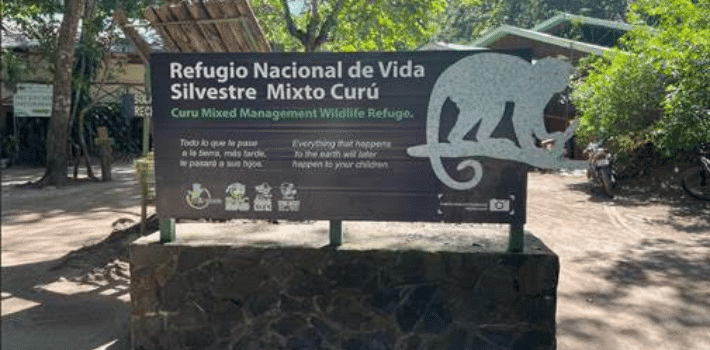
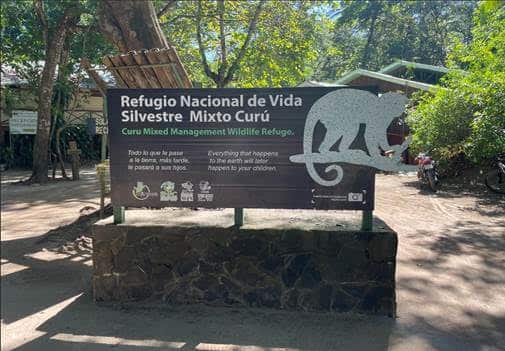
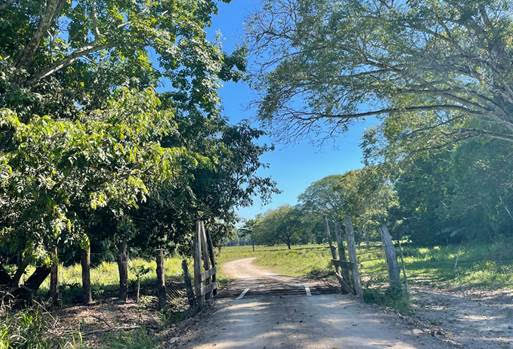
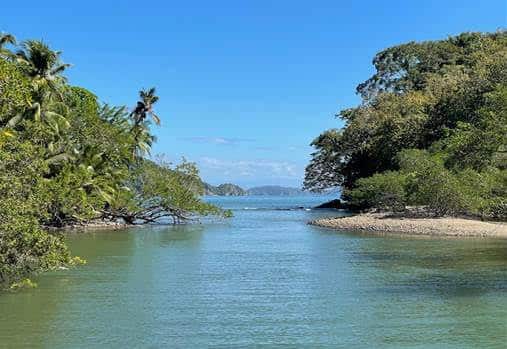
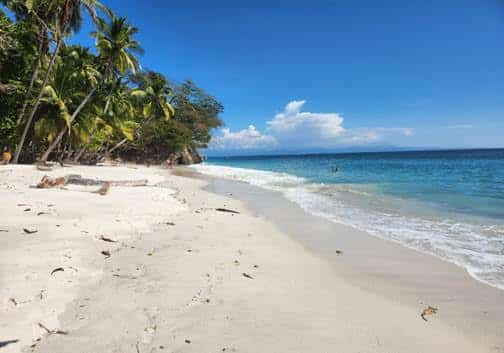
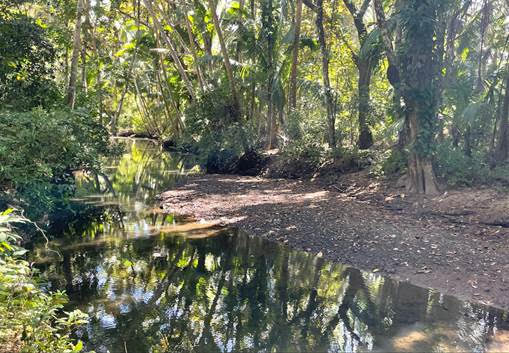
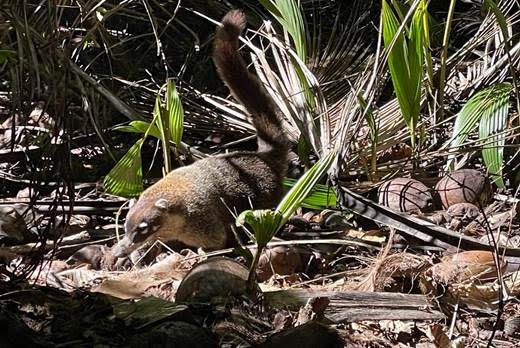
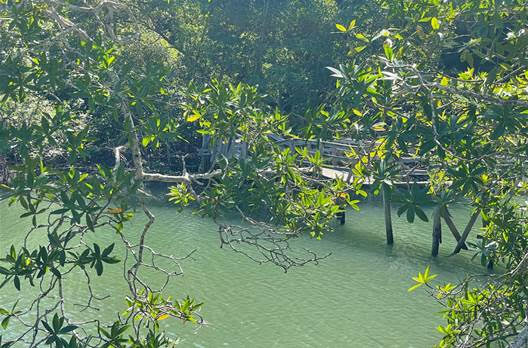
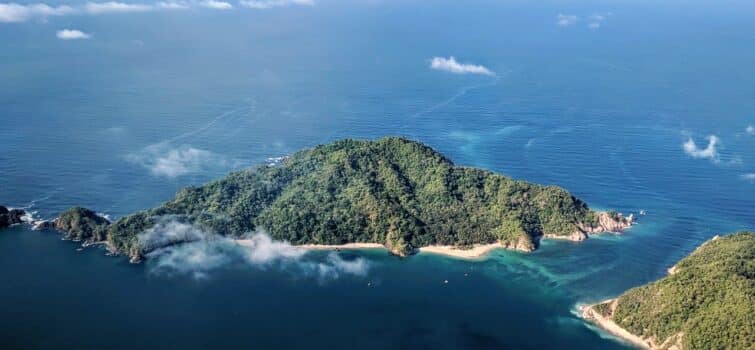




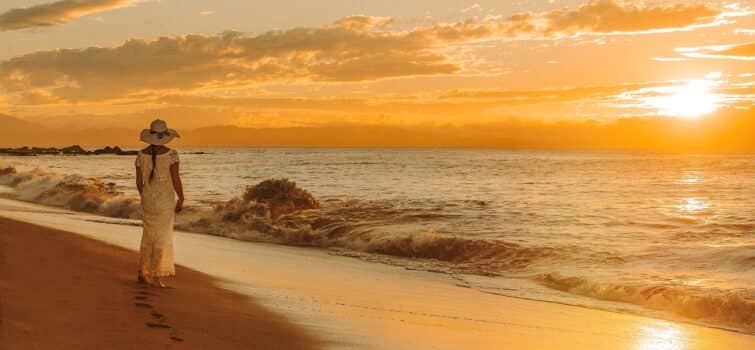
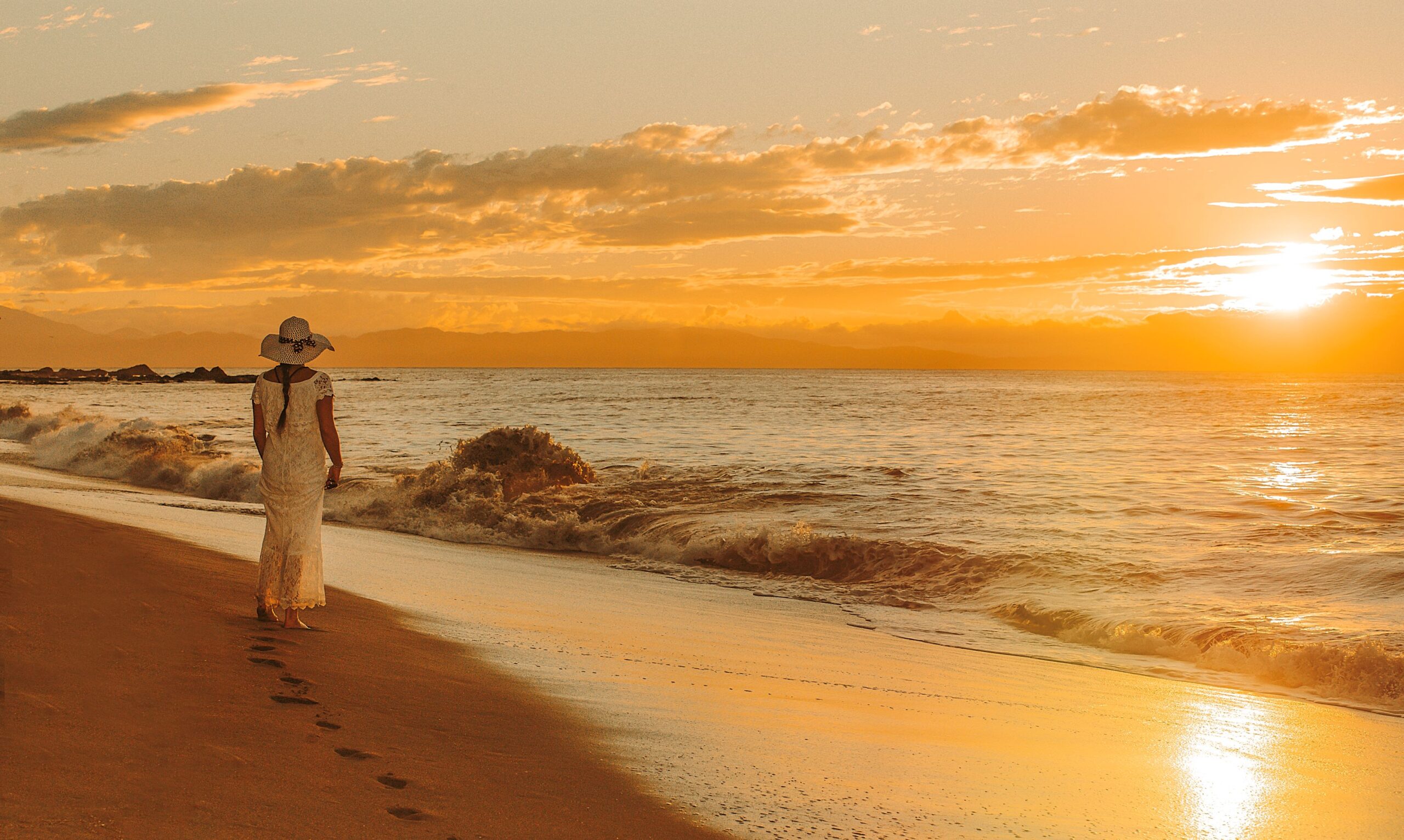
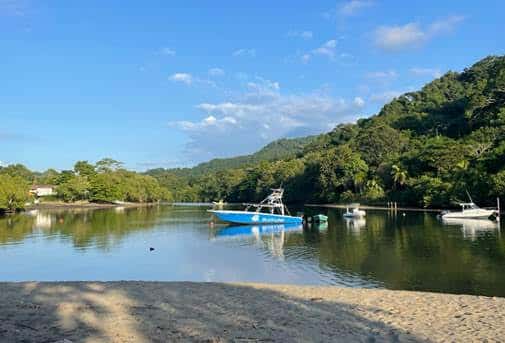
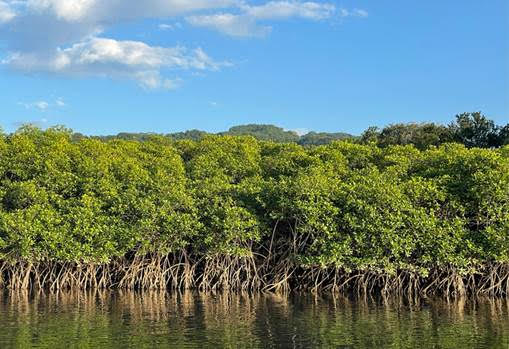
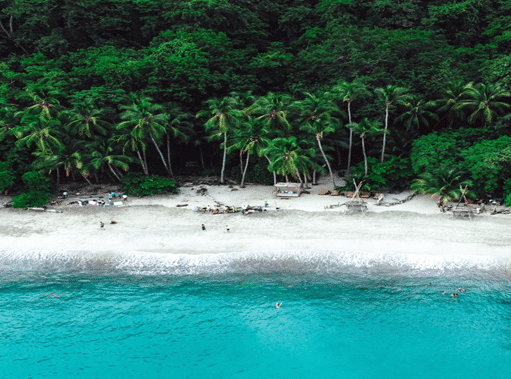
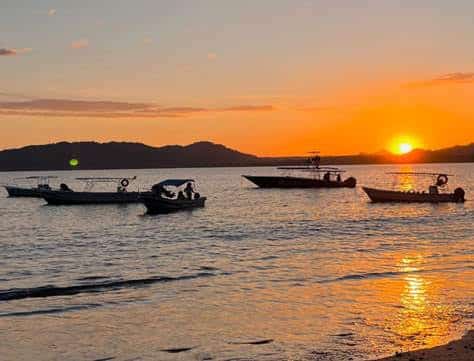
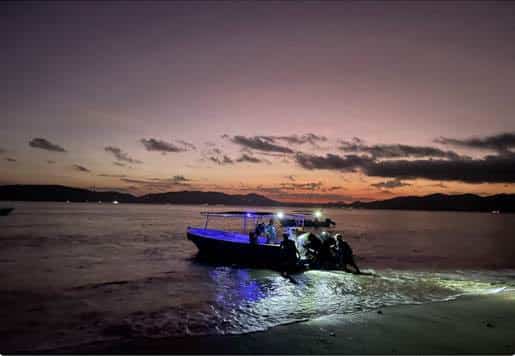
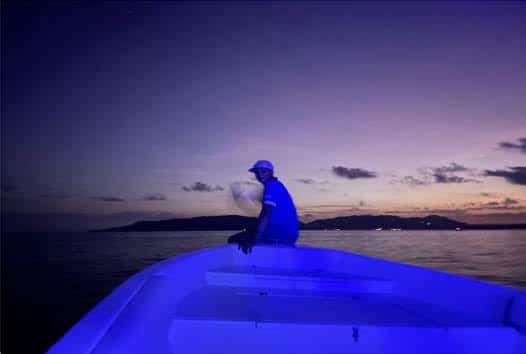
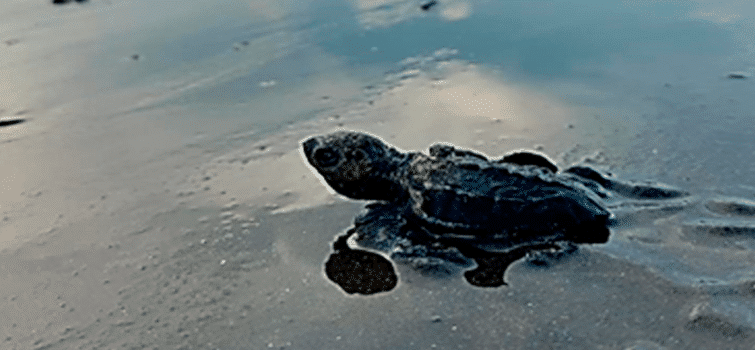





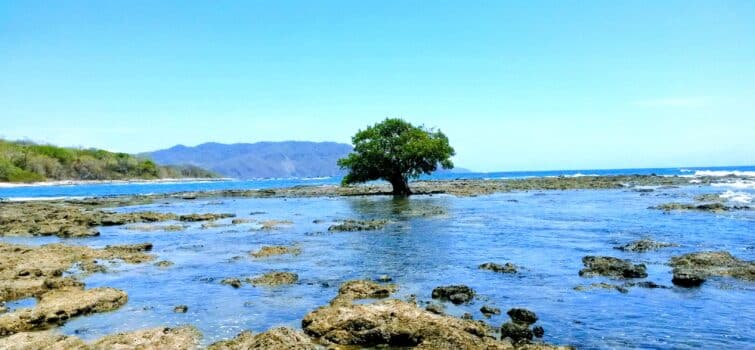
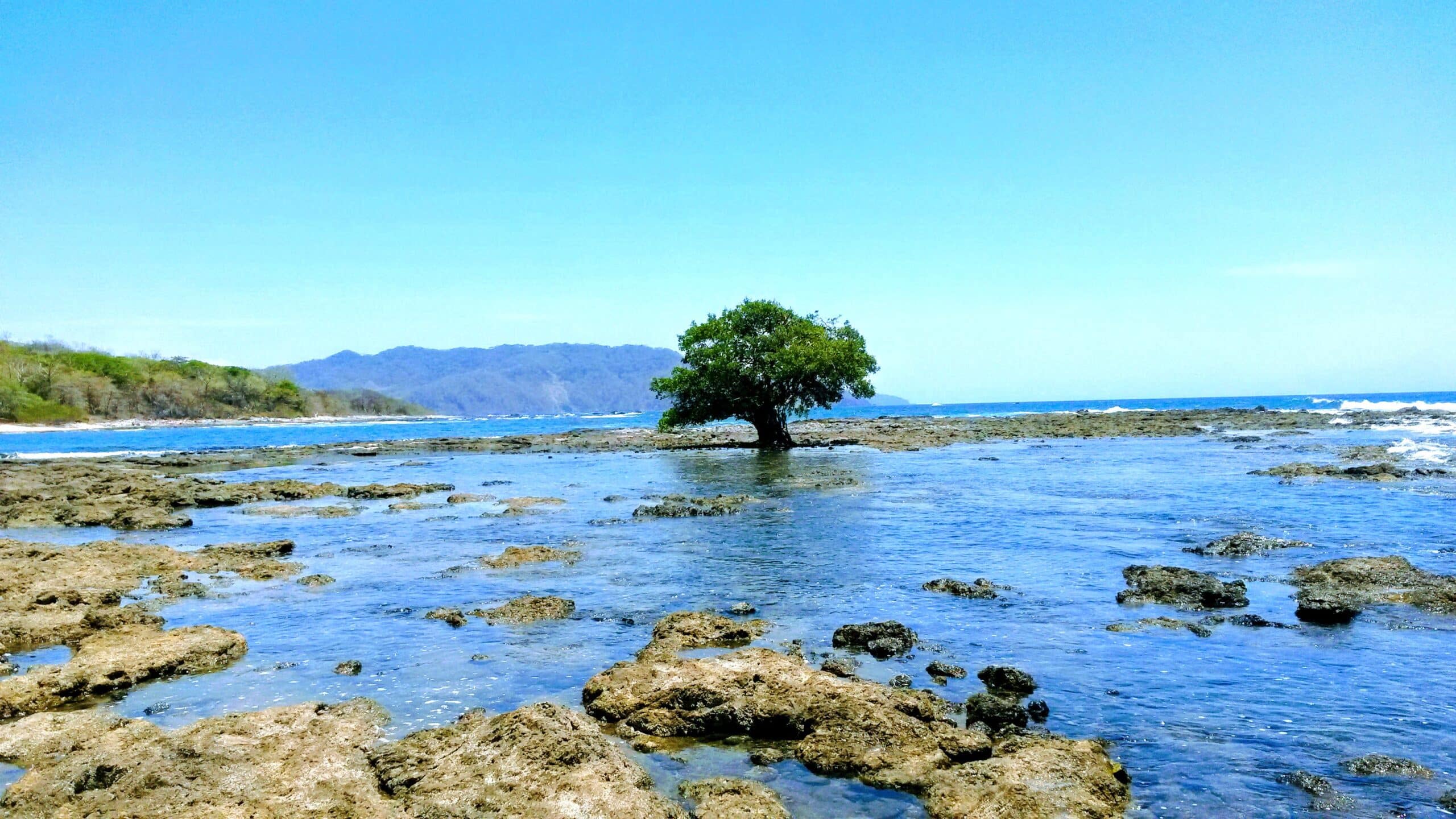
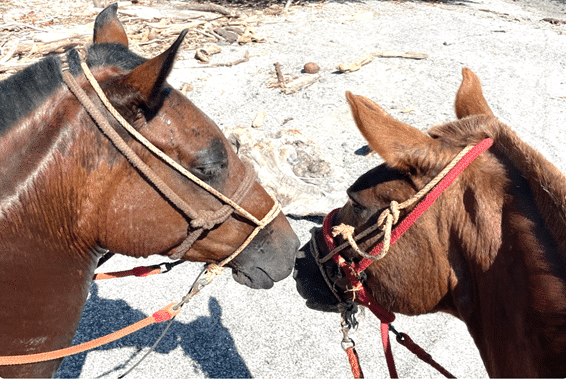
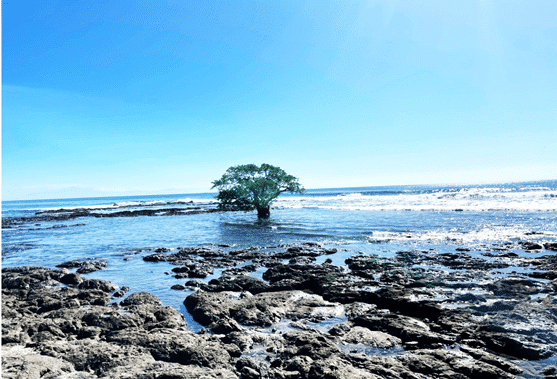
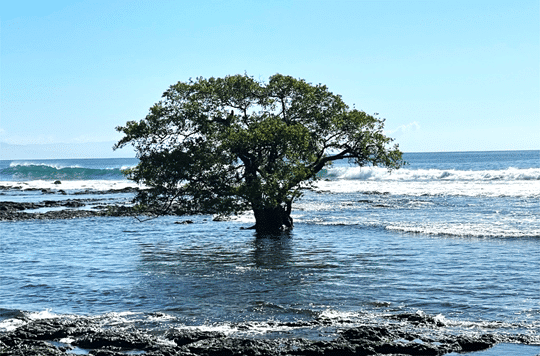
Recent Comments